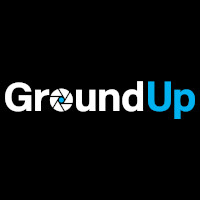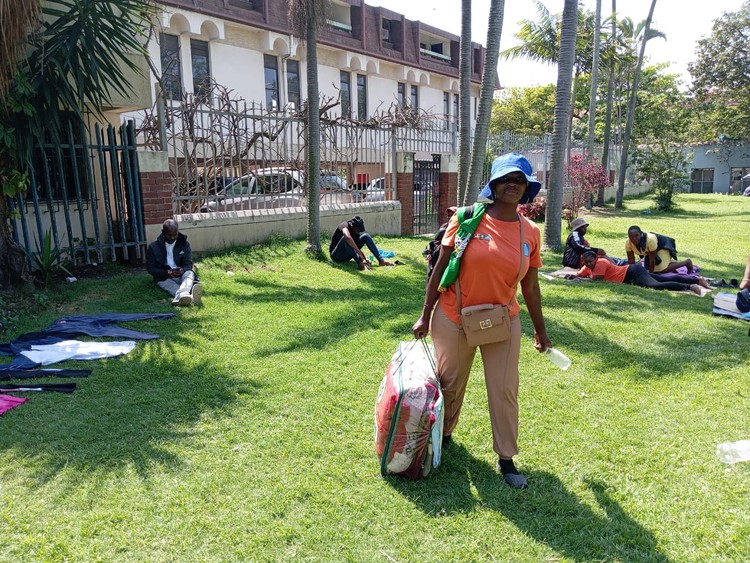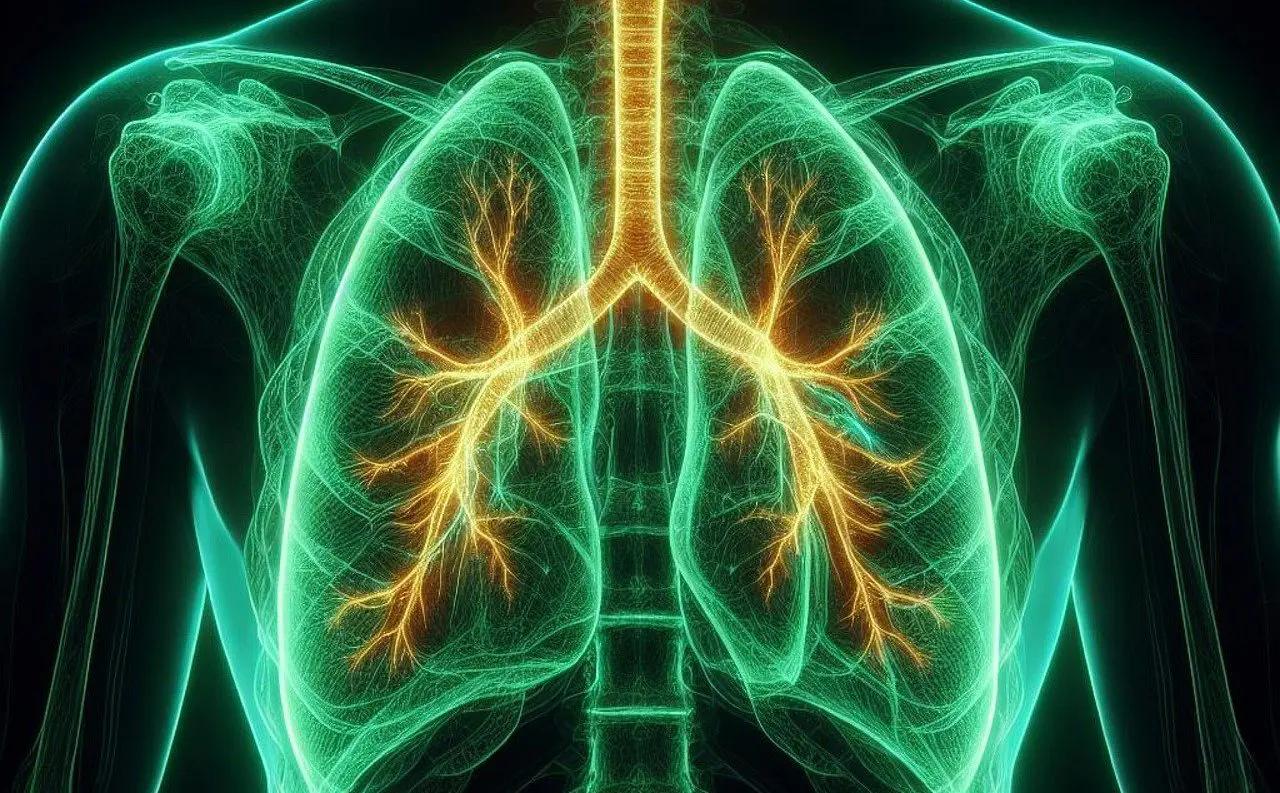An article, Marine protected Areas: Protection from whom first appeared on groundup
Part of False Bay is a Marine Protected Area, one of 41 such areas in South Africa. Photo: Renée Bonorchis
Illegal fishing boats plunder the coast of the Pondoland Marine Protected Area (MPA) with no interference from the authorities. But here and in other MPAs, local fishers without permits are harassed or aren’t allowed permits at all. Yet scientists agree that buy-in from local people is essential to protecting these precious waters so that fish stocks can be restored.
In the coastal waters of the Eastern Cape, between Port St Johns and Port Edwards, locals often find the nets and fishing gear that the fishing boats will return for to haul out their catch.
But the protection vessels meant to patrol South Africa’s waters for unlawful activities often fail to respond to the communities’ intel about where the illegal boats are and when. Yet subsistence fishers are banned from using those areas, which effectively robs them of providing food and making an income.
People in Pondoland do apply for permits, says Sinegugu Zukulu, the award-winning activist and programme manager for Sustain the Wild Coast, which was involved in the successful bid to stop Shell from conducting seismic blasting along South Africa’s eastern coastline. But they wait for six months, 12 months and more to get them, he says.
“The officials have the audacity to come and harass the local people for fishing without having permits and the fishing licences are supposed to be issued by the very same department,” says Zukulu.
“The process as it is criminalises local people. An MPA is supposed to be protecting a resource also for the benefit of the local people so that they don’t run out of their livelihood. It’s important for the successful implementation of an MPA that the local people, who are always there, must play a role in protection.”
Zukulu’s recounting of the difficulties in Pondoland is just one example of communities who feel disengaged from the sea that they used to freely access.
The Hluleka MPA, its story powerfully told by Jamila Janna in a celebrated documentary, also resulted in a clampdown on fishing and stopped people who had relied on the ocean for generations from accessing the shore via well-worn routes.
People in the area should be offered alternatives so that they don’t have to fall back on activities which make them into criminals, like poaching, says Janna, who is applying to be a PhD candidate at the University of Cape Town next year. She says so-called poaching is often ”people feeling like they don’t have any other way than to resort to what they did before, but what they did before is now criminal”.
Zukulu and Janna say the people they talk to want the ocean to be protected. Their families looked after the sea’s resources for thousands of years. The likes of the Blombos Cave near Stilbaai in the Western Cape, where the oldest drawing (73,000 years old) by Homo sapiens was found, and the Klasies River Caves in the Eastern Cape, which show some of the world’s earliest evidence of the measured use of marine resources and coastal economies, are proof of deep ancestral knowledge about the ocean and its cycles.
“There’s massive problems with the actual enforcement and there’s big problems with the social issues around MPAs when you add the political history and communities being moved and dispossessed,” says fisheries scientist Dr Bruce Mann.
The management responsibility for the coastal MPAs is delegated by national government to entities in the various provinces, Mann says. “But provincial agencies have a shortage of capacity in terms of manpower. They have a shortage of capacity in terms of equipment and boats. But there are solutions.”
While the scientists, the conservationists and the coastal communities all want protection for certain areas of the ocean from exploitation and illegal activities, it’s government – national, provincial and municipal – that needs to look after enforcement.
Several people we tried to contact at the Fisheries Management unit of the Department of Forestry, Fisheries and the Environment (DFFE), which is meant to be in charge of ocean monitoring, control and surveillance, didn’t respond to questions about the seemingly widespread lack of marine protection. But the DFFE itself did answer some questions.
“We have made progress in resolving previous issues, but we are aware that new complexities may emerge as a result of the recent fishing rights allocation to cooperatives,” the DFFE said when asked about the impact of some MPAs on livelihoods. “We are committed to staying vigilant and taking proactive steps to address any arising concerns, and finding effective solutions.”
As a representative of South Africa, which is a signatory to the Convention on Biological Diversity (CBD), the DFFE said it was “committed to upholding the convention’s principles. “In line with the CBD’s emphasis on sustainable use and recognition of indigenous and fishing communities’ rights, the DFFE seeks to balance human needs with environmental stewardship, ensuring a just and equitable outcome for both people and the environment.”
Mann is a believer in using the eyes and ears of local communities to monitor and protect the marine resources that will benefit everyone if they’re safeguarded “and we have to pick up the challenge by having management agencies that are capable of responding”.
Dr Tessa Hempson, the South African-born chief scientist for US-based Mission Blue, says that given the historic exclusion in South Africa, the word protection is almost seen as offensive because it’s “protection from who” and it should be “protected for who.”
Hempson believes community support is the only way to ensure protection of the sea. “On land, you can put up a fence and that confers a degree of protection. But with the ocean, you can’t do that. You have to absolutely rely on people to buy into it,” she says. “Getting marine protected areas to be effective and not just paper parks is critical to the future of ocean health. When you have designated no-take areas that are community endorsed, the spillover effect is often very clear, creating recognition of the importance of protecting these areas.”
Hempson goes on to quote the renowned Dr Sylvia Earle, founder of Mission Blue, who said at a conference earlier this year that “if people buy in, you don’t need rules, and if they don’t buy in, the rules don’t matter.”
Renée Bonorchis is a journalist and the founder of The Ocean Advocate, which is co-publishing this story. This is the second in a three-part series. Read part one. Next: Where to for South Africa’s MPAs?






